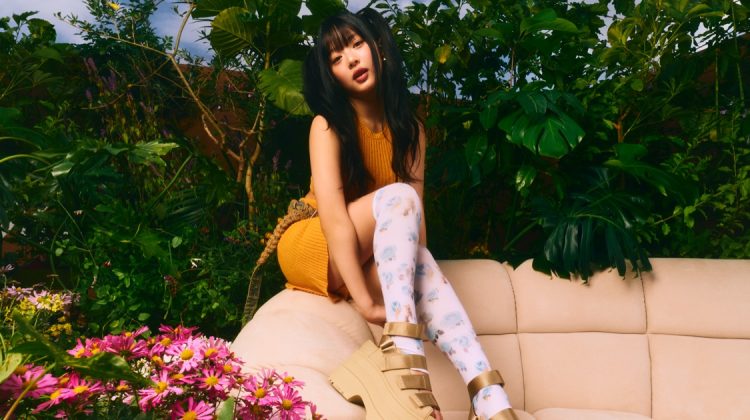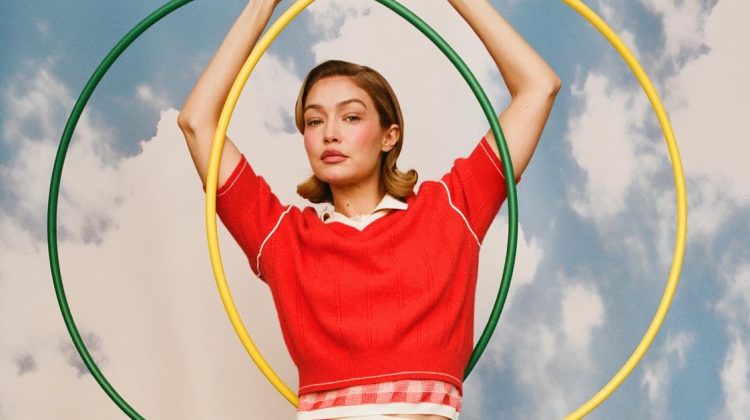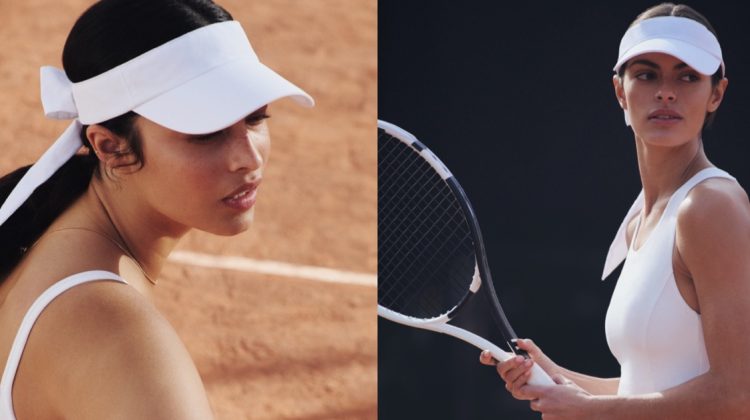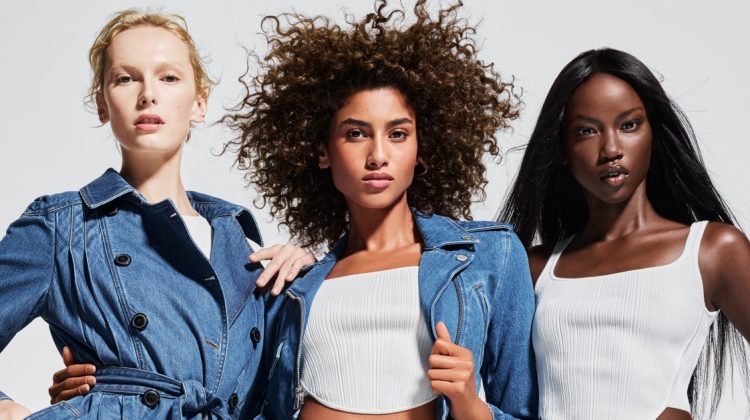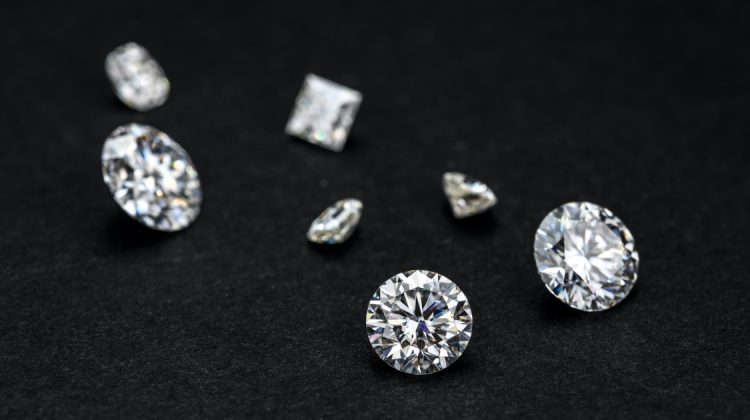
In this modern world, where trends change on a regular basis, and fast fashion means that most of our clothing has a short lifespan, it also has a devastating impact on the planet. That’s why the slow fashion movement is getting more attention among consumers to slow down the industry. Before starting your slow fashion journey, what is slow fashion exactly?
What is Slow Fashion?
If you need to get more familiar with the concept of slow fashion, it’s basically the opposite of fast fashion.
Slow fashion can be defined as any conscious effort to consider the processes and resources required to make clothes. It advocates buying less and investing in high-quality clothing that will last for years rather than quick-fix fashion trends and items that fall apart after a few washes. It also values fair treatment for people, animals, and the planet.
Also named ethical fashion or conscious fashion, the concept of slow fashion was created as a response to the growing environmental and social issues caused by the fast fashion industry.

Why is Slow Fashion Important?
The fashion industry is a multi-billion-dollar business that produces trillions of dollars’ worth of clothes every year. Unfortunately, the way that the fashion industry currently functions has a massive negative impact on the environment and human rights. As consumers, we need to be made aware of the impact that the clothing we wear is having on the environment and the people who make our clothing.
However, the fashion industry is estimated to be responsible for 10% of global greenhouse gas emissions. The growing awareness of this issue has led to the founding of the Sustainable Apparel Coalition. This organization works with brands, retailers, and advocacy groups to reduce emissions and drive positive change across the industry.
Slow fashion can be seen as a solution to some of the most significant issues facing the textile industry today. Choosing to buy garments that are made of sustainable materials and have been ethically sourced not only has a positive impact on the environment but on the people that make our clothing as well.
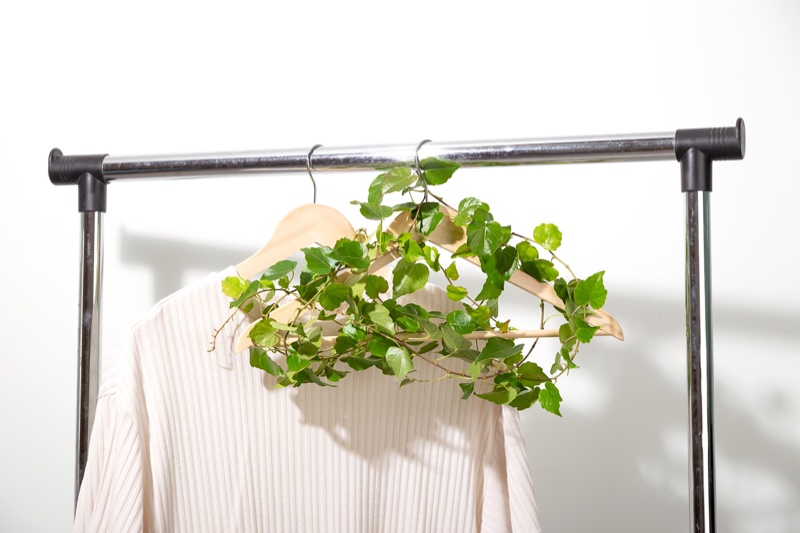
What’s the Difference Between Fast Fashion & Slow Fashion?
The concepts of fast fashion and slow fashion are polar opposites. Fast fashion is the practice of producing cheap and poor-quality clothing on a large scale with minimal marketing and short lifespans. The goal is to get you to buy more frequently and at lower prices, putting the planet and people in precarious situations.
In short, slow fashion is an alternative to fast fashion. It is all about investing in higher-quality clothing that will last longer rather than pieces that will fall apart after a few washes or that will be outgrown in a matter of weeks. It’s about choosing timeless designs over flash-in-the-pan fads and buying fewer items but investing in better quality so they last longer.
How to Adapt to Slow Fashion?
There are a number of different ways that you can get involved in the slow fashion movement and help reduce the amount of waste being produced by the clothing industry.
Learn More About Your Clothes
Before you decide to buy a garment, make sure you know where it came from and how it was made. Many sustainable fashion stores now have online information about the practices and supply chains, so you can easily find out which brands are dedicated to ethically sourced and sustainable fabrics.
Invest in High-Quality Clothing
It is worth investing in high-quality clothing because they will last for years, but lots of cheap clothing will fall apart just after a few washes. Although the initial investment is higher, you don’t need to replace it frequently, and you’ll save money in the long run. There are plenty of ethically sourced and sustainable materials, like organic cotton, hemp, and wool, that can be used to create high-quality clothing.
Buy Second-Hand
Buying second-hand is a great way to reduce your impact on the environment and support the slow fashion movement. You can purchase second-hand online or in person at stores. There are also lots of online platforms that allow you to sell your unwanted clothes.
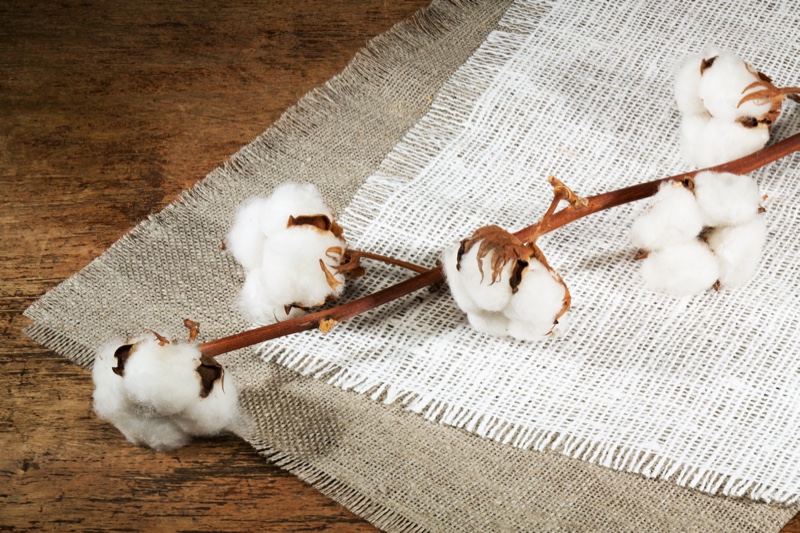
5 Sustainable Fabrics Commonly Used in Slow Fashion
One way to adapt to slow fashion is to shop for sustainably made garments. There are some commonly used sustainable fabrics below, so you’ll know how to choose the best option when you start shopping consciously.
- Organic Cotton: Organic cotton is an excellent choice for slow fashion because it’s naturally grown without the use of toxic pesticides, herbicides, and chemical fertilizers and demands less energy compared with conventional cotton.
- Hemp: Hemp is a quickly-growing plant that doesn’t require pesticides. The hemp fabric can be made in the process with no chemicals, and it’s durable and has many uses for designers.
- Lyocell: It’s made from eucalyptus trees which grow very fast without requiring pesticides or other chemicals. Its soft and smooth texture is ideal for people with sensitive skin and allergies.
- Linen: Linen is a naturally derived fiber that can be readily acquired, making it an ideal choice for those looking to minimize the environmental repercussions of production.
- Wool: Wool can be a sustainable fiber because it uses less energy and energy to produce. As many animal cruelty practices exist in the industry, it’s essential to verify the sourcing and production.
Conclusion
Although fast fashion can dress you up at a low cost, we should be aware of the damage it causes to the planet and its people. Choosing to buy garments from slow fashion brands is a great starting point. These brands offer high-quality and durable items with fair practices for their environmental, animal, and ethical impacts.
